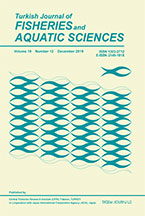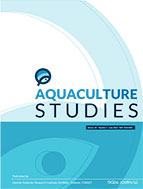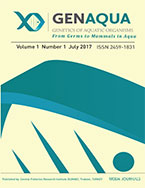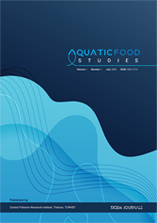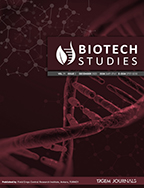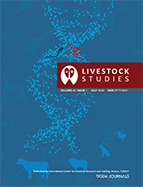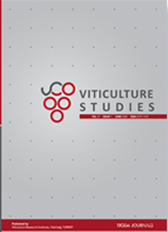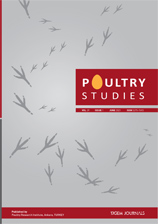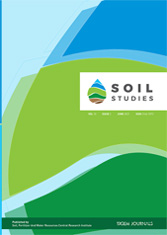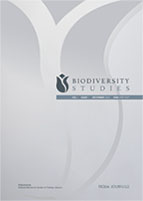Horticultural Studies (HortiS)
2025, Vol 42, Num, 2 (Pages: 057-063)
Fungal Agents Causing Fruit Rot in Sweet Cherry Orchards and Storages in Isparta Province
2 Isparta University of Applied Sciences Agriculture Faculty Plant Protection Department, 32200, Isparta, Türkiye DOI : 10.16882/HortiS.1663982 Viewed : 708 - Downloaded : 525 Fruit rot, causing significant yield losses not only in the orchards, but also in storage conditions, is among the most common diseases of sweet cherries. Isparta Province, an important region for fruit production in Türkiye, ranks fourth in sweet cherry production. In this study, it was aimed to determine the fungal agents causing fruit rot on sweet cherries in the orchards and in the cold storages facilities in Isparta province. Healthy and diseased fruit samples were collected before harvest, from the randomly selected 76 orchards, in the districts of Isparta province where sweet cherry production was made. Fruit samples were also taken after harvest from three cold storages in Eğirdir District, and from one sweet cherry processing center in Uluborlu District. As a result of the isolations, the most common agents on the rotten fruit samples were; Alternaria alternata, Monilinia laxa and Botrytis cinerea, respectively. A. alternata, Aspergillus sp., B. cinerea, Cladosporium cladosporioides, Fusarium oxysporum and M. laxa were isolated from the symptomless fruits indicating latent infections. The most common fungi isolated from the rotten fruits in the cold storages were; A. alternata, Trichoderma spp., Penicillium spp. and B. cinerea, while A. alternata was also isolated from the healthy looking fruits. Penicillium spp., B. cinerea and Rhizopus stolonifer caused severe rot in the pathogenicity experiment, where Stemphylium botryosum and Fusarium lateritium were found as the less virulent species. Fusarium lateritium and Trichothecium roseum were reported as fruit rot agents on sweet cherries for the first time in this study, while Aspergillus spp., F. oxysporum, Geotrichum candidum, Sclerotinia sclerotiorum, Stemphylium botryosum and Trichoderma spp. were first reports for Türkiye. Keywords : Fruit decay Fungal rot Latent infections Prunus avium L. Virulence



